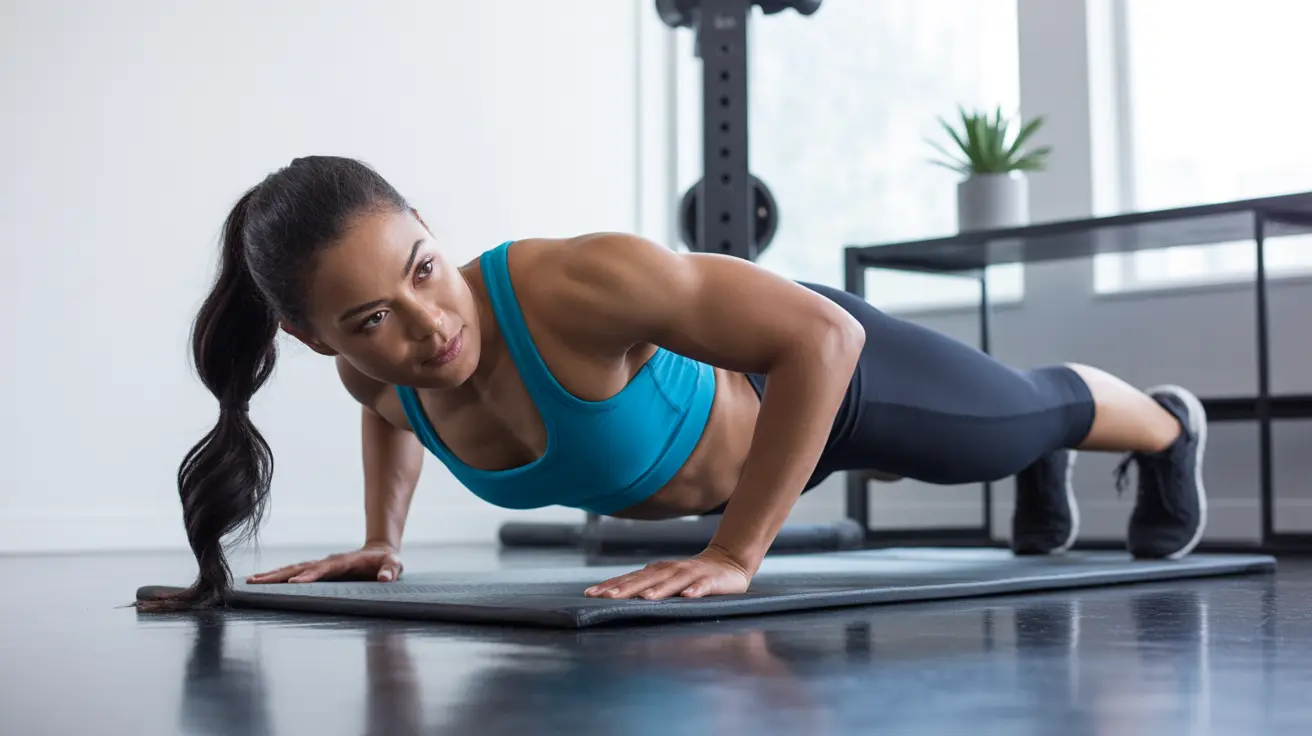Hip dips, the natural indentations that can appear between the hip bone and upper thigh, are a normal anatomical feature that many people have. While they're completely natural, some individuals seek to enhance their hip area through targeted exercises. This guide explores effective workout strategies for those looking to strengthen and sculpt this region while maintaining realistic expectations about results.
Understanding the right approach to hip dip exercises is crucial for both safety and effectiveness. Let's dive into the most beneficial movements and training principles to help you achieve your fitness goals.
Understanding Hip Dip Anatomy and Exercise Benefits
Before starting any exercise routine, it's important to understand that hip dips are primarily determined by your skeletal structure and the position of your pelvis. While exercises won't completely eliminate hip dips, they can help strengthen the surrounding muscles and potentially minimize their appearance through muscle building and overall body composition improvements.
Essential Hip-Targeting Exercises
Glute Bridge Variations
The glute bridge is a foundational exercise that targets multiple muscle groups around the hips. To perform:
- Lie on your back with knees bent
- Squeeze glutes and lift hips toward ceiling
- Hold at the top for 2-3 seconds
- Lower with control
- Perform 3 sets of 12-15 repetitions
Side-Lying Leg Lifts
This movement specifically targets the hip abductors and outer thigh muscles:
- Lie on your side with legs extended
- Lift top leg while maintaining proper form
- Lower slowly and controlled
- Complete 15-20 repetitions per side
- Perform 3 sets on each side
Standing Side-to-Side Exercises
These exercises help build stability and strength in the hip area:
- Standing lateral band walks
- Side step-ups
- Curtsy lunges
- Side-to-side squats
Creating an Effective Training Schedule
For optimal results, incorporate these exercises into your routine 3-4 times per week, allowing adequate rest between sessions. Remember to:
- Start with proper form over heavy weights
- Gradually increase intensity
- Include rest days for recovery
- Combine with a balanced nutrition plan
- Stay consistent with your routine
Safety Considerations and Form Tips
Proper form is crucial for preventing injury and maximizing results. Key points to remember:
- Maintain neutral spine alignment
- Engage core muscles throughout movements
- Avoid overarching the lower back
- Stop if you experience pain
- Consider working with a certified trainer initially
Frequently Asked Questions
What exercises are most effective to reduce the appearance of hip dips?
The most effective exercises include glute bridges, side-lying leg lifts, cable kickbacks, and lateral band walks. These movements target the gluteus medius, maximus, and surrounding hip muscles to build strength and potentially minimize the appearance of hip dips.
Can targeted workouts completely get rid of hip dips or only minimize them?
Targeted workouts cannot completely eliminate hip dips as they are primarily determined by skeletal structure. However, consistent exercise can help build muscle in the surrounding areas and potentially reduce their appearance through improved muscle tone and body composition.
How often should I do hip dip exercises to see noticeable results?
Aim to perform hip-targeting exercises 3-4 times per week, allowing for rest days between sessions. Consistency is key, and noticeable results typically appear after 6-8 weeks of regular training combined with proper nutrition.
Are hip dips caused by fat, muscle, or bone structure?
Hip dips are primarily determined by bone structure, specifically the shape of your pelvis and how the femur connects to it. While body fat distribution and muscle development can influence their appearance, the basic anatomical structure is natural and genetic.
How can I improve hip strength and shape safely without risking injury?
Focus on proper form, start with bodyweight exercises, and gradually progress to weighted movements. Maintain a balanced workout routine, include adequate warm-up and cool-down periods, and listen to your body. If you're new to exercise, consider working with a fitness professional to learn proper technique.




